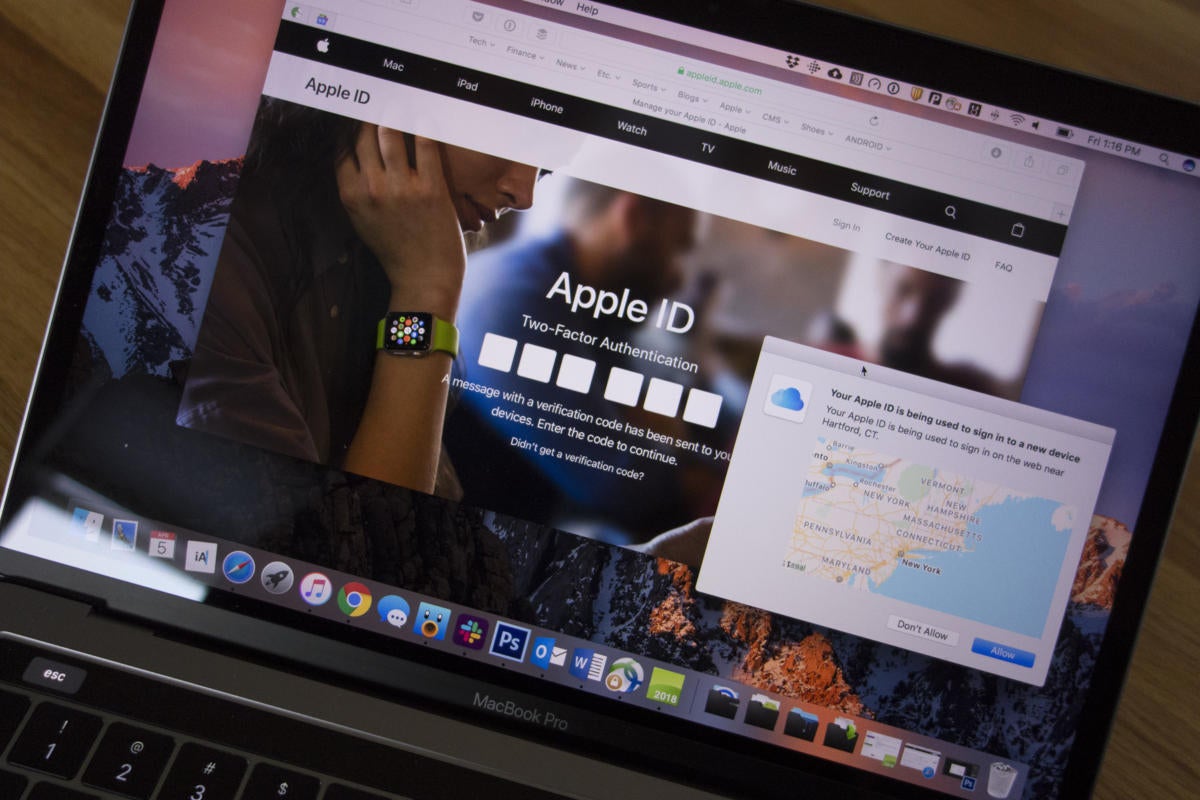Apple is continuing its expansion of Managed Apple IDs for business customers, giving them increased access to iCloud services and Apple Continuity features. Companies get iCloud backup and new syncing options (particularly for passwords, passkeys, and other enterprise credentials) — along with access to business-friendly Continuity features such as Universal Control.
But they could also lead to increased data sprawl and siloing. Ironically, those issues are typically related to shadow IT, even though they’re enterprise features. Let’s look at what’s going on and how enterprises can take advantage of these features and services without running into trouble.
What are Managed Apple IDs and how do they relate to iCloud?
First, a quick recap of Managed Apple IDs is needed. Apple introduced them a few years ago as part of Apple Business Manager and Apple School Manager.
In the consumer world, an Apple ID is a user’s central credential for all things Apple; it’s used for App Store purchases, services such as Apple Music and Apple TV+, FaceTime, device activation, Apple’s Find My network, Activation Lock for lost/stolen devices, Continuity features for working across multiple devices, and any feature related to iCloud.
iCloud features let a user sync almost anything — contacts, appointments, reminders, photos, passwords and app-specific data — across all their Apple devices. Users can also make backups using iCloud and can access much of that data via the web using iCloud.com.
It’s a powerful combination of services and tools. (Apple expanded its enterprise offerings even further at this year’s WWDC 23.)
Apple IDs are a fact of using Apple products
Managed Apple IDs allow businesses to support some of these functions on managed Apple devices using an account created and controlled by an employer. This is partially how Apple creates a bright line between work and personal use on a device. Anything personal that requires an Apple ID occurs using the personal Apple ID; anything business-related, such as the mass deployment of business apps, depends on the device’s enrollment status and an associated Apple ID.
Apple IDs are created in Apple Business Manager (or Apple Business Essentials for small businesses). Because Apple Business Manager supports federation with most cloud-based enterprise identity providers such as Azure AD and Google Workspace or solutions using oAuth or Okta (full Okta support is coming later this year), the creation of managed Apple IDs can be completely automated with the IDs matched to each user’s enterprise credentials.
Like Apple Business Manager, Managed Apple IDs are also connected to an organization’s mobile device management (MDM) software and can be used with personal or company-owned Apple devices. (When used, they appear in System Settings on a device as a second Apple ID.)
What’s new with Managed Apple IDs and what’s the iCloud connection?
Apple IDs offer access to core…
2023-08-25 07:24:03
Article from www.computerworld.com rnrn
